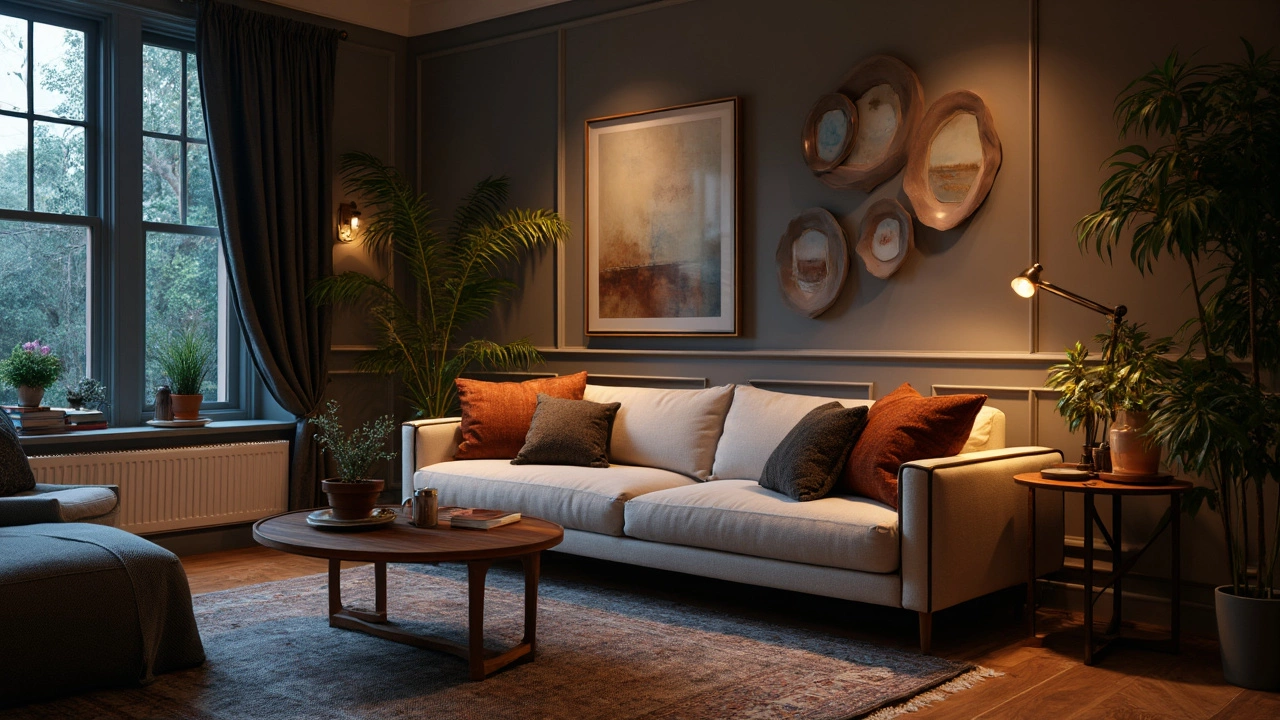Best Lighting Guide for Every Space
Good lighting does more than just brighten a room – it shapes the mood, highlights the design, and can even affect how you feel. Whether you’re updating a living room, a bedroom, or a bathroom, picking the right light is a simple way to level up your home without a major renovation.
Types of Lighting and When to Use Them
There are three basic lighting layers: ambient, task, and accent. Ambient lighting is the overall glow that makes a space usable. Think ceiling lights, recessed fixtures, or a well‑placed floor lamp. Aim for a soft, even light that covers the whole area. For most rooms, 1,500 to 3,000 lumens is enough, but a large open‑plan area may need more.
Task lighting focuses on spots where you do specific activities – reading, cooking, or working at a desk. Desk lamps, under‑cabinet lights, and pendant lights over a kitchen island are common choices. Keep the brightness higher for tasks – around 400 to 600 lumens per lamp – and choose a colour temperature of 3,500‑4,500 K for clear, crisp light.
Accent lighting adds drama and draws attention to features like artwork, a textured wall, or a decorative shelf. LED strips, picture lights, or directional spotlights work well. You don’t need a lot of power here; a few hundred lumens can create a striking effect when aimed correctly.
Top Tips to Get the Best Lighting at Home
1. Match colour temperature to the room’s purpose. Warm light (2,700‑3,000 K) feels cozy in living rooms and bedrooms, while cooler light (4,000‑5,000 K) is better for kitchens and home offices where you need focus.
2. Use dimmers. Installing dimmer switches lets you tune the brightness for movie night, dinner parties, or early mornings without swapping bulbs.
3. Go LED. LEDs use up to 80% less energy than traditional bulbs and last years longer. Look for the ENERGY STAR label to ensure efficiency.
4. Layer your lights. Combine ambient, task, and accent sources for a balanced feel. A single overhead lamp often leaves shadows; adding a floor lamp or wall sconce fills the gaps.
5. Watch placement. Position lights at eye level for reading areas, and place accent lights a few inches away from the object you want to highlight to avoid glare.
6. Consider smart controls. Smart bulbs let you change colour temperature, brightness, and even schedule lighting from a phone, adding convenience and potential energy savings.
7. Don’t forget natural light. Use sheer curtains to diffuse daylight and reduce the need for artificial light during the day. Mirrors can bounce light deeper into a room.
When you follow these basics, you’ll end up with a space that feels right at any time of day. Good lighting works hand‑in‑hand with flooring, wall colours, and furniture, so feel free to experiment until you find the perfect balance.
Ready to upgrade your lighting? Start with the rooms you use most and add one layer at a time. You’ll notice the difference right away, and the energy savings will follow.
What Lighting Is Most Attractive? Smart Tips for Better Home Lighting
- Gavin Whitaker
- |
- |
- 0
Wondering what lighting makes your home look its best? This article uncovers what truly makes lighting attractive at home, from how color temperature affects mood to the way placement changes everything. Get clear, actionable advice on bulbs, fixtures, and simple tricks to boost your space. Find out how small tweaks make a big difference. Shine a light on what really works in home lighting.
View more